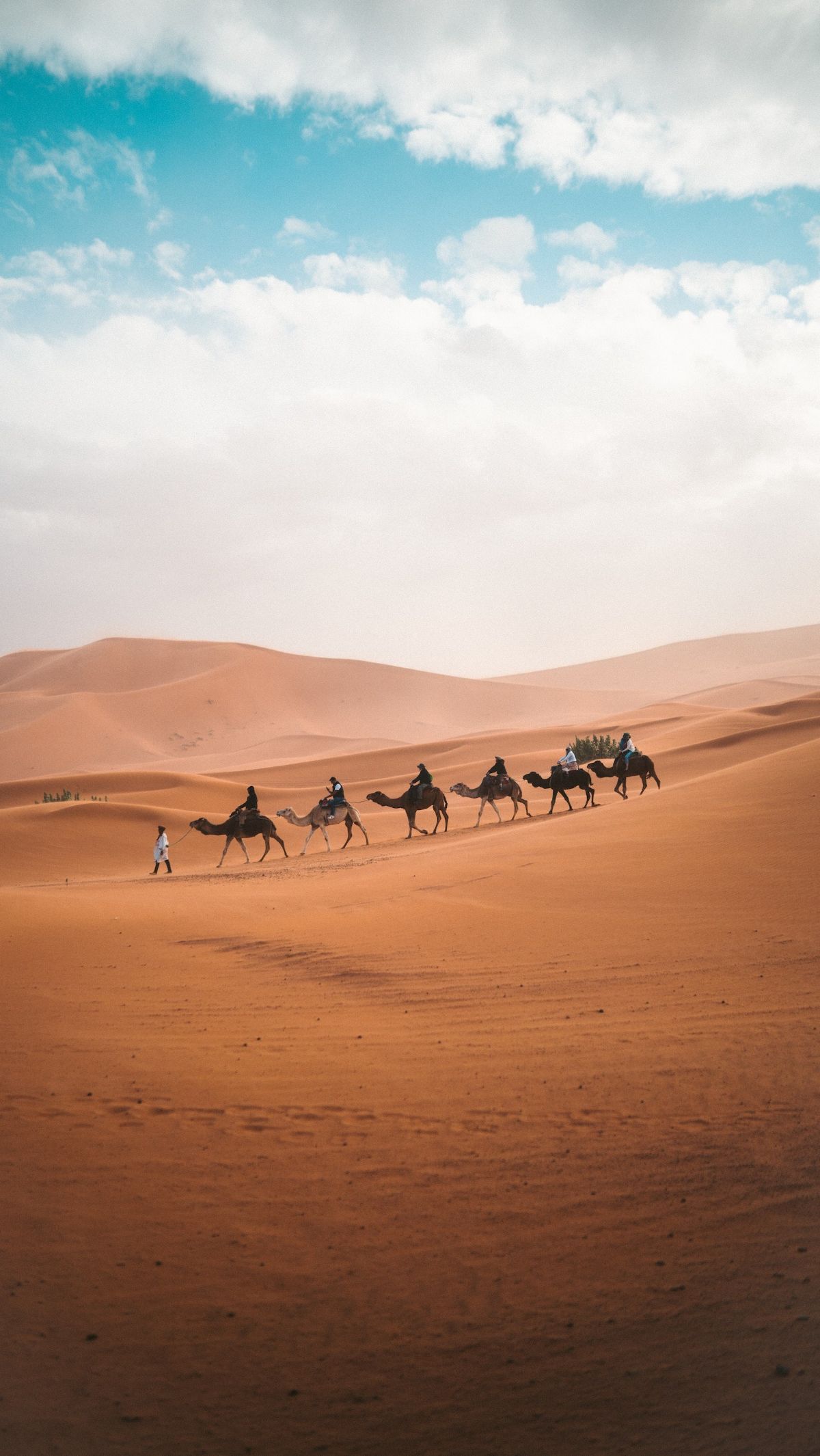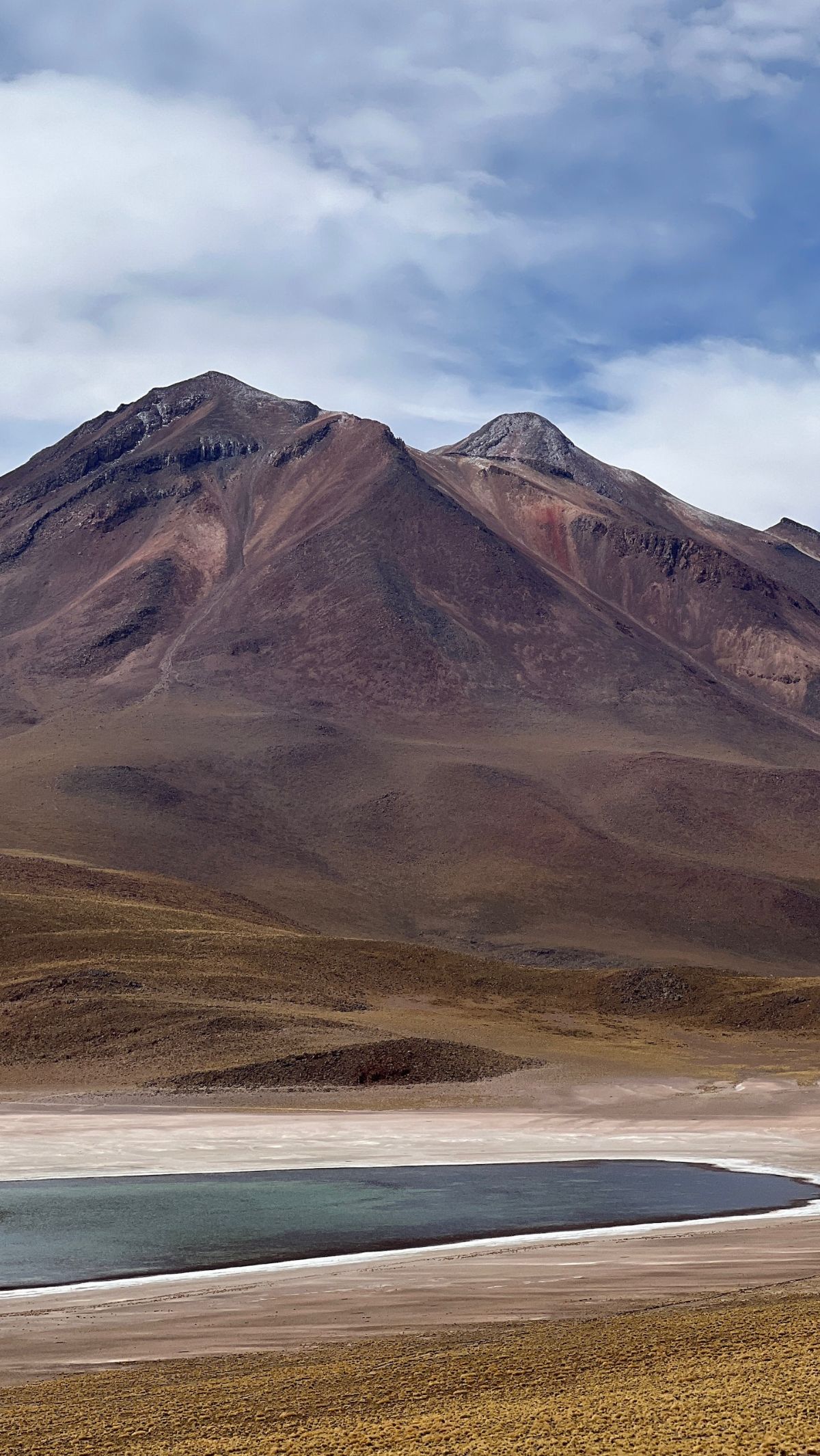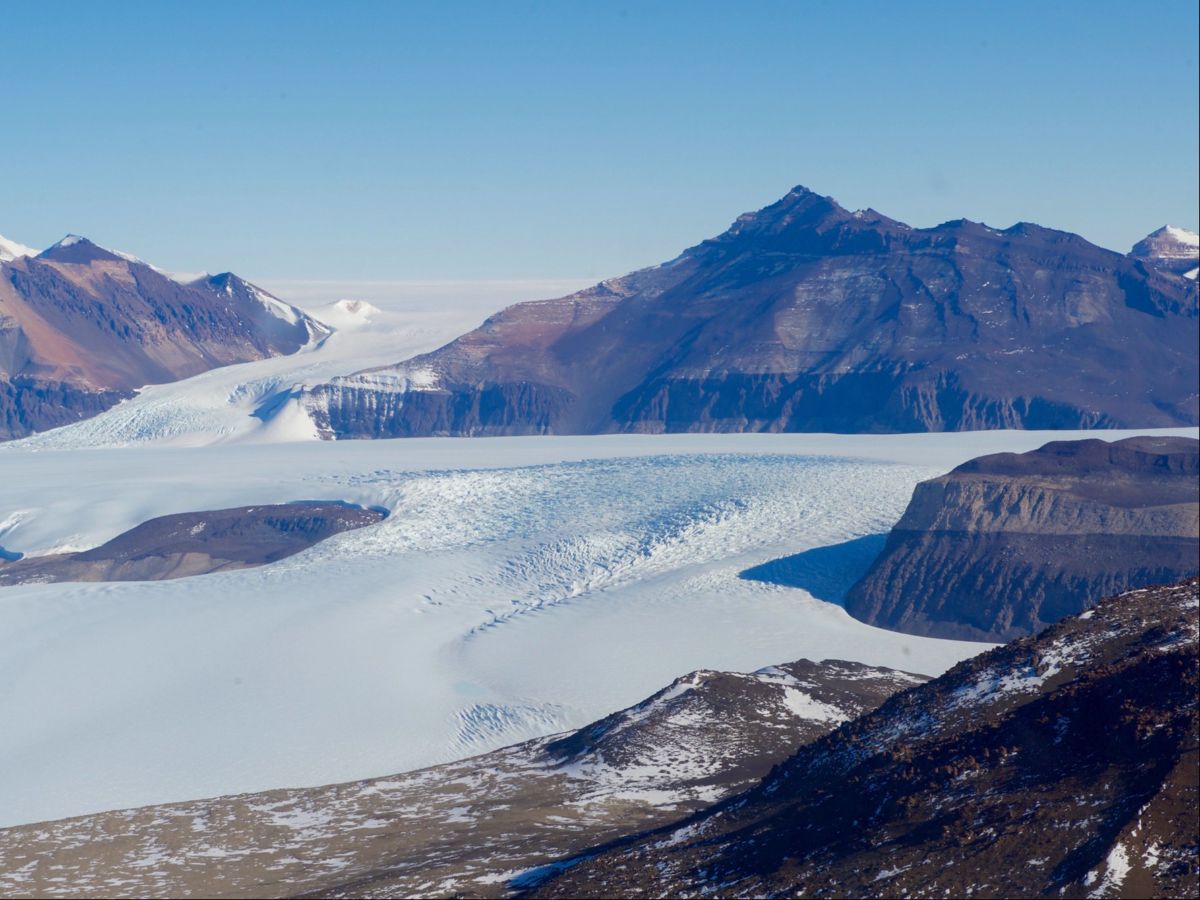


Earth features regions with extreme climates that challenge our understanding of nature. Among these are the driest places on Earth, where water is a precious rarity. It ranges from the vast and empty landscapes of deserts to the forbidding cold of Antarctica. These areas expose the extraordinary adaptations life must make to survive. In this article, we will take you on a journey to explore the driest places on our planet, each with its unique story to tell.

The Atacama Desert is famous as the driest place on Earth. It is situated in northern Chile. The Atacama is second only to the polar regions. This dry expanse lengthens about 600 to 700 miles from north to south. It receives light annual precipitation of less than 1 mm.

Some of its regions have not seen a single raindrop in over five centuries. The stark beauty of the Atacama is characterized by its phenomenal landscapes. It ranges from salt flats and rugged topography to unreal rock formations. It's also a significant location for astronomical observatories due to its precise, rainless atmosphere.
Photo: Salt lake in Atacama
Here, the average annual maximum temperature exceeds 31°C, and the average yearly low is around 15°C. This dry region is proof of the Sahara's hugeness, with its vast dunes and dry landscape. El Kufra's isolation has made it a fascinating location. It bears witness to ancient and modern desert cultures.


Thousands of years ago, Ica was a lush and fruitful region. But now, it has transformed into a dry, dusty landscape. Despite its current state, Ica boasts a rich history. It includes the Nazca Lines and the preservation of ancient mummies.

While one may not directly associate Antarctica with dryness, the McMurdo Dry Valleys defy expectations.

These snowless, without valleys, in contrast to the icy expanses of the mainland. Due to the rain shadow effect of the surrounding mountain ranges, these valleys are incredibly dry. The limited presence of ice and snow in the McMurdo Dry Valleys. It makes them a charming area for scientific research and exploration.
Luxor experiences a hot desert climate marked by scorching temperatures. The city's "cool" season sees the periodic arrival of a hot wind known as "khamsin." It may bring sandstorms from the nearby Western Desert. Despite the challenging environment, Luxor remains a beautiful destination for those delighted by ancient Egypt's mysteries.

Driest Places On Earth
The world is a varied and often surprising place.